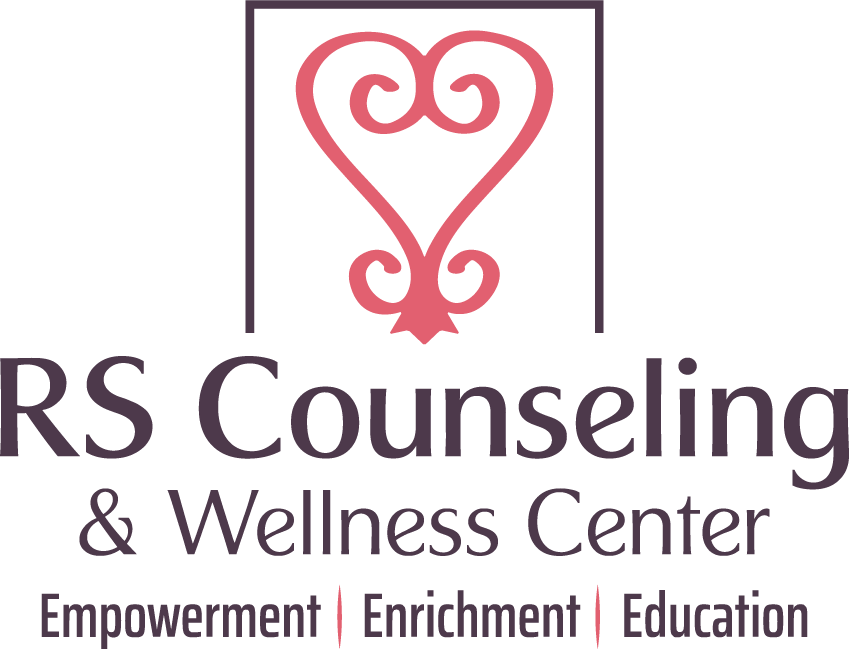Understanding the Interconnected Web: Intimate Partner Violence (IPV) and Adverse Childhood Experiences (ACEs)

By: Sharea Farmer, LCSW
Categories:
Understanding the Interconnected Web: Intimate Partner Violence (IPV) and Adverse Childhood Experiences (ACEs)
Understanding the Interconnected Web: Intimate Partner Violence (IPV) and Adverse Childhood Experiences (ACEs)
Intimate Partner Violence (IPV) and Adverse Childhood Experiences (ACEs) are two deeply intertwined issues that impact millions of individuals globally. In this blog post, we will explore the relationship between IPV and ACEs, shedding light on how early life experiences can significantly influence adult relationships and contribute to the perpetuation of violence.
Defining Intimate Partner Violence:
IPV encompasses a range of behaviors that occur between individuals in close relationships, including physical violence, emotional abuse, sexual coercion, and financial control. It is a pervasive issue that knows no boundaries, affecting people of all ages, races, socioeconomic statuses, and genders.
Understanding Adverse Childhood Experiences:
ACEs refer to traumatic events occurring during childhood, such as abuse, neglect, or household dysfunction. These experiences can have lasting effects on an individual's physical and mental health, often leading to long-term consequences that extend into adulthood. The Adverse Childhood Experiences Study (ACE Study) conducted by the Centers for Disease Control and Prevention (CDC) and Kaiser Permanente identified a clear link between ACEs and negative health outcomes later in life.
The Interconnection:
1. Early Roots of Violence:
Research consistently shows that individuals who experience ACEs are more likely to engage in or become victims of IPV later in life. Exposure to violence during childhood can normalize aggressive behavior, leading to a skewed perception of relationships and conflict resolution.
2. Impact on Mental Health:
ACEs contribute to the development of mental health issues, such as depression, anxiety, and post-traumatic stress disorder (PTSD). These mental health challenges can impair an individual's ability to form healthy, supportive relationships, potentially perpetuating a cycle of violence.
3. Trauma Responses:
Individuals with a history of ACEs may develop maladaptive coping mechanisms as a response to trauma. This can manifest in both the perpetrator and the survivor in an IPV situation, creating a complex dynamic rooted in unresolved childhood issues.
4. Cycle of Violence:
The "cycle of violence" is a pattern often observed in IPV situations. Individuals who experienced abuse or witnessed it during childhood may unconsciously repeat these patterns in their adult relationships. Breaking this cycle requires understanding the root causes and addressing the impact of ACEs.
Prevention and Intervention:
1. Trauma-Informed Approaches:
Implementing trauma-informed care and intervention strategies is crucial in addressing the link between ACEs and IPV. This approach involves recognizing the prevalence of trauma, understanding its impact, and creating environments that support survivors.
2. Education and Awareness:
Raising awareness about the consequences of ACEs and IPV is essential in preventing future occurrences. Educational programs in schools, workplaces, and communities can help break the silence surrounding these issues and promote a culture of respect and empathy.
3. Support Systems:
Building strong support systems is vital for both survivors of ACEs and IPV. Community organizations, mental health services, and helplines play a crucial role in providing assistance and resources to those in need.
4. Legal Reforms:
Advocacy for legal reforms to protect survivors and hold perpetrators accountable is an essential component of preventing IPV. This includes strengthening laws against domestic violence, providing resources for law enforcement, and ensuring the safety of survivors.
Conclusion:
The complex relationship between Intimate Partner Violence and Adverse Childhood Experiences underscores the need for a comprehensive, multidimensional approach to addressing these issues. By understanding the root causes and implementing preventive measures, we can work towards breaking the cycle of violence and creating a society where healthy relationships thrive. It is a collective responsibility to foster environments that prioritize empathy, support, and resilience, ultimately shaping a future free from the chains of intergenerational trauma.
Check out the full Self-Paced training on Intimate Partner Violence (IPV) and Adverse Childhood Experiences (ACEs)
